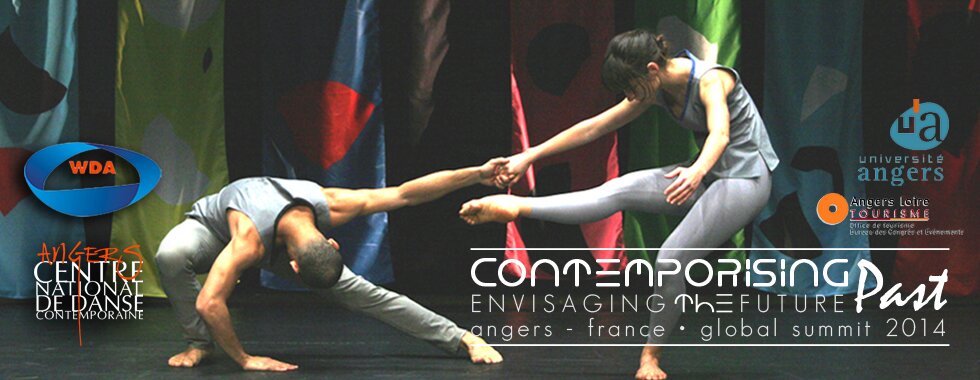Horse Racing Wagering: The Dutch Schultz System

Wagering on horse races has been a classic type of gaming for ages. Perhaps the most renowned system was created by Dutch Schultz, Al Capone's U.S. mob accountant. This article describes the system and demonstrates how it can be enhanced. Nowadays, numerous players find new methods to have fun playing horse racing online betting, but certain strategies are ageless.
Horse Racing Bets Types
To apply horse racing betting strategy, let us start with the types of bets bookmakers usually offer.
- Winner. The winnings are given in case you place a bet on the horse that wins and crosses the finish line first.
- Place. To win, the chosen horse must finish in the top three. The odds for this type of option are lower than those of the "winner" option.
- Forecast/Tricast. You are required to provide the names of two or three horses that will be placed in the top positions. Combination and straight forecasts exist. In the first, you need to provide the order of finishing exactly, in the second—their names alone.
- Head-to-head. The bookmaker provides the pairs of the horses, and you select which one will have the superior finish.
- SP (Starting Price). A "winner" bet. You do not have a view of today's odds—your bet is returned at the starting price at the beginning of the race.
The Dutch Schultz System
This horse racing betting system is named after the legendary U.S. mob accountant Dutch Schultz. It is also known as the "equal profit" system. When you place a bet on a couple of favorites, you will still profit if one of the selected horses wins. The number of bets is based on the lowest odds. When they are larger than 4.00, you wager on four runners, and so on. Bookmakers do include this probability when setting odds, which makes the system unprofitable in the long run.
We recommend enhancing it. Profitability can be increased by excluding the popular favorite when odds are higher than 3.00. An example is as follows. The seventh race was held on April 22, 2020, at 11:00 AM local time at Byron Bay Plate in Ascot (Brisbane, Australia). The favourite Point Taken had odds of 3.50. According to the equal profit strategy, you would place three favourites. But we eliminate Point Taken, with the following probabilities remaining for the next placed runners: Next Stop The Moon – 5.55; Unibro – 6.00; Ngawi – 8.00; Stella Anne – 11.00; Rock'n'ruler – 11.00.
You calculate the total of probabilities by the following formula: P = 1 / K1 + 1 / K2 + … + 1 / Kn, where K1, K2, …, Kn are odds on every horse. Thus we have: 1 / 5.55 + 1 / 6.00 + 1 / 8.00 + 1 / 11.00 + 1 / 11.00 = 0.65364.
Next, calculate the stake of each horse using the formula S = B / P / K, where S is the stake of one horse, K is the odds, P is the total probability, and B is the total bankroll. On a bankroll of 1000 USD, the division is: 276 USD on Next Stop The Moon: 1000 / 0.65364 / 5.55; 255 USD on Unibro: 1000 / 0.65364 / 6.00; 191 USD on Ngawi: 1000 / 0.65364 / 8.00; 139 USD on Stella Anne: 1000 / 0.65364 / 11.00; 139 USD on Rock'n'ruler: 1000 / 0.65364 / 11.00.
This disproportionate distribution gives nearly the same return for all horses—about 1530 USD. That is, the total probability on the wager is about 1.53. Rock'n'ruler turned out to be the winner, so the strategy worked here. We modified the Dutch Schultz approach: we did not take the number one favorite, so it was riskier. This strategy is justified if the leader is uncertain or showing worse results.
The "Follow the Money" Strategy
One popular horse racing tote board betting method is called "follow the money." It's a bet on an outsider. Study the race cards and see how the odds move. If the odds on one of the outsiders are drastically shortened, it's a sign that lots of money were bet on them. In this case, it is best to bet on the outsider to place in the top three. In the said Brisbane race, Stella Anne is an example.
She was at odds to win of 19.00 five hours before the race. They were lowered to 11.00 an hour before. She ended in third place. The place bet can be placed at odds of 3.00.
How to Bet on Horse Racing Using Strategies
If using strategies, consider the following factors:
- Age and distance of horse. Horses under five years of age fare well in shorter races (1400–1600 meters). In longer distances (2400 meters+), older horses are favorites.
- Horse parameters. Look at recent runs, time since last race, weight, reaction, and age.
- Jockey performance. Account for weight, experience, career record, and latest results.
- Stable and trainer. Account for stable and trainer reputation.
- Weather conditions. Temperature, humidity, pressure, wind, and cloudiness all impact performance.
Where to Find Horse Racing Betting Information
Analyzing each race with more than ten participants on your own is difficult. To improve your chances of winning, read specialized publications from countries where races are held. For example: In the U.K. — Racing Post, in Australia — Racing Australia, in the U.S. — Horse Racing Nation. These resources are available online today. They often feature tips and expert analysis from well-known specialists. Using them increases your chances of turning a profit.
There is no horse racing betting strategy that works at all times. It takes experience and knowledge to succeed in this sport. Take it easy if you wish to be a successful horse racing bettor.


